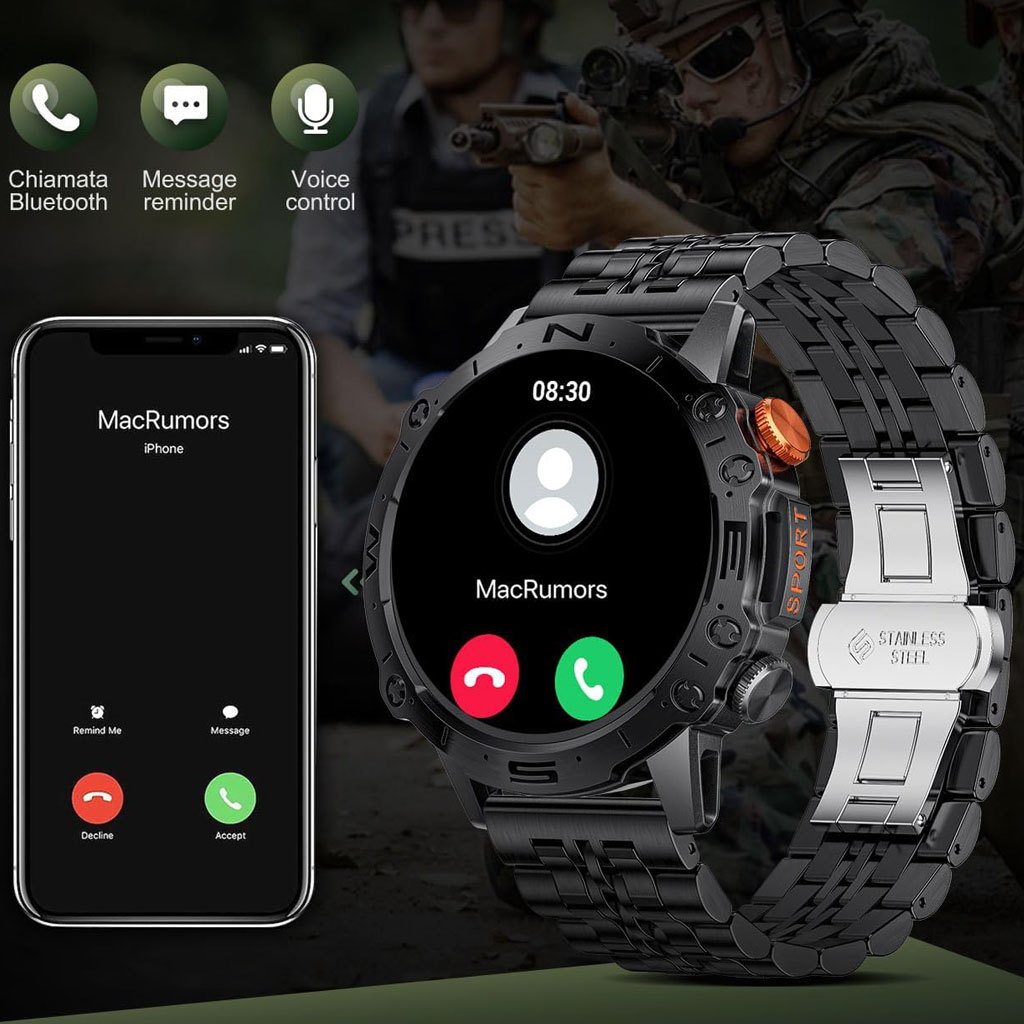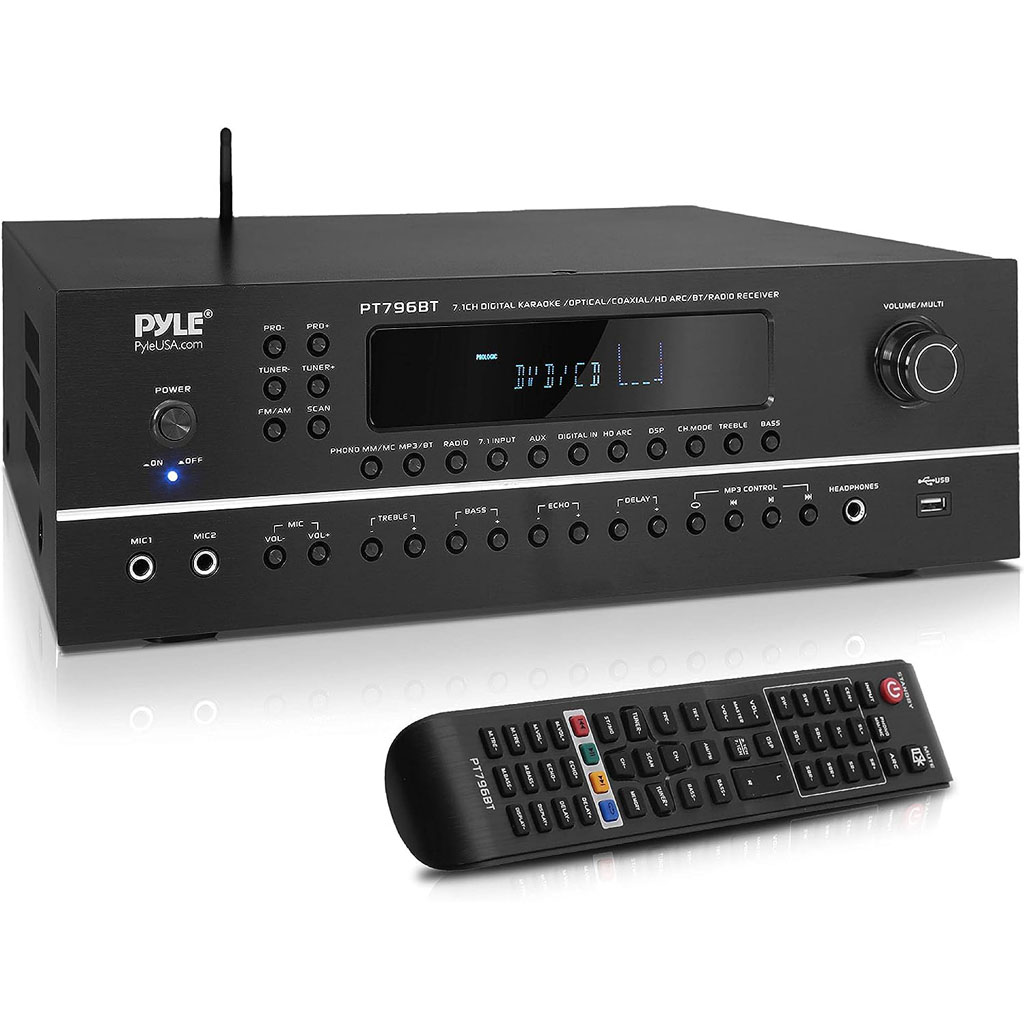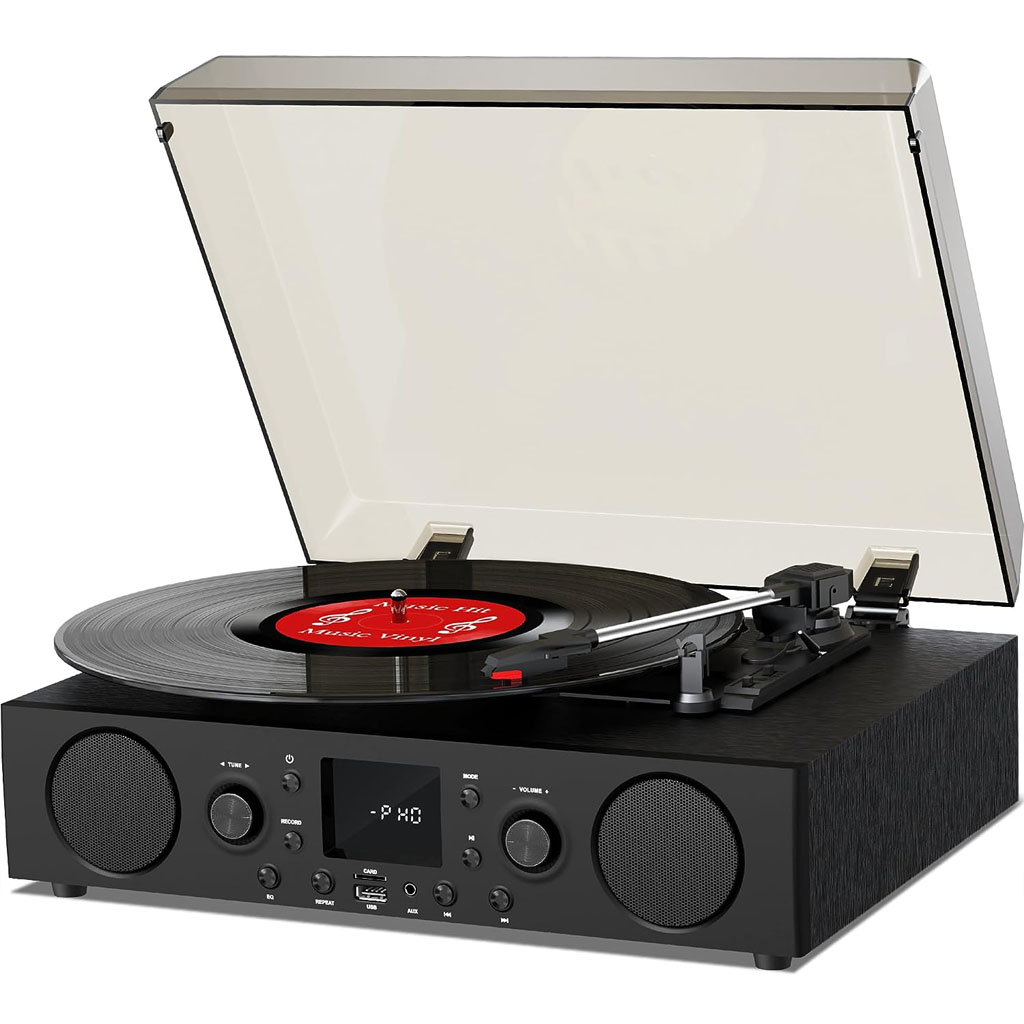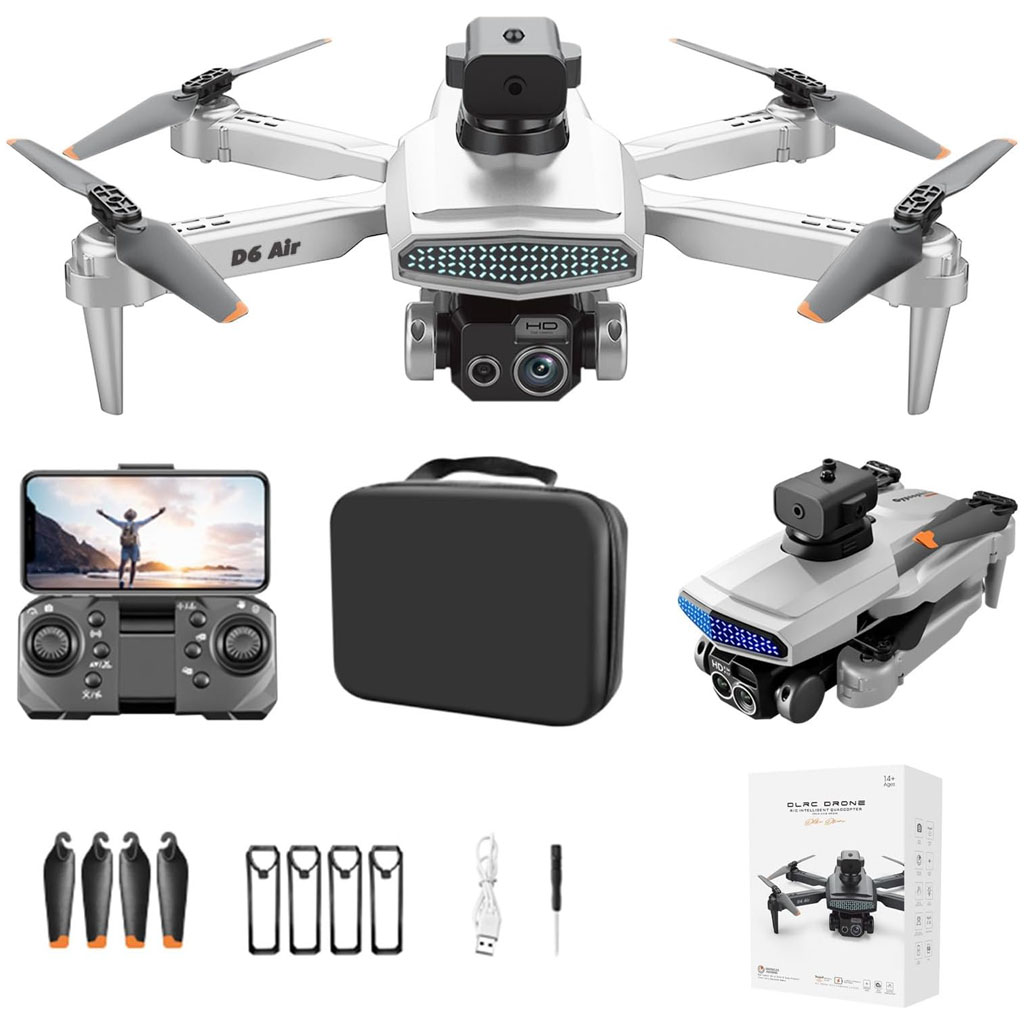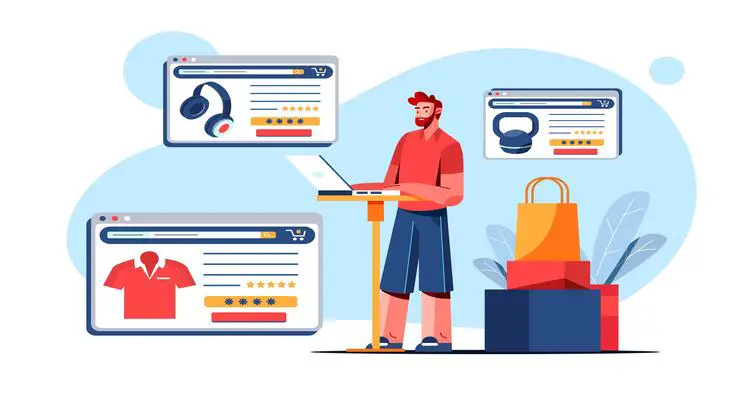
Last Updated | December 7, 2023
Introduction
Competition intensifies in today’s e-commerce landscape, and distinguishing your online store is more crucial than ever. A strategic approach to achieve this is through custom Shopify app development. These tailor-made tools can significantly enhance your store’s functionality, offer distinctive services to your customers, and ultimately increase sales. But, venturing into developing your first custom Shopify app can seem overwhelming. This comprehensive guide is designed to simplify each step of the process for you.
Read Also: How Much Does It Cost To Build A Shopify App
Understanding Shopify’s API
Building a custom app for your Shopify store begins with mastering Shopify’s API (Application Programming Interface). This API serves as a conduit, enabling your app to interact with the Shopify platform seamlessly. It is the foundational block of custom Shopify app development.
Shopify presents two primary types of APIs: REST API and GraphQL API. The REST API offers a straightforward approach to read and write shop data, making it suitable for shorter applications. On the other hand, the GraphQL API facilitates more complex data manipulation, allowing for efficient data loading, which is essential in reducing server load and improving app performance.
Choosing the Right Programming Language
An appropriate programming language is a pivotal decision in the app development process. This decision hinges on various factors, including your app’s complexity, budget constraints, and the skill set of your development team. Popular choices include Ruby, PHP, and JavaScript.
When choosing, consider the following:
– Your team’s proficiency: Opt for a language your development team is adept in to streamline the development process.
– Community support: Languages with robust developer communities can offer invaluable support and resources.
– Scalability: Choose a language that accommodates growth and additional functionalities for future expansion.
Building the App Interface
The interface of your app is where users interact with its features. A compelling interface should be user-friendly, visually appealing, and reflective of your brand identity.
To build an effective interface:
– Start with wireframing to outline your app’s layout.
– Develop a cohesive design theme that aligns with your brand’s aesthetics.
– Focus on User Experience (UX) to ensure smooth, intuitive navigation.
– Incorporate user feedback mechanisms like loading indicators or success messages for enhanced interaction.
Testing Your Shopify App
Testing is crucial, ensuring that your app functions as intended and is free from bugs or glitches.
Effective testing strategies include:
– Unit Testing to assess individual components of your app.
– Integration Testing to evaluate the interoperability of different app parts.
– User Testing to gather feedback from potential users, which can be invaluable in refining your app.
Publishing and Marketing Your App
After development and testing, publishing your app is the next step. You can keep it exclusive to your store or make it available on the Shopify App Store.
Successful marketing of your app can involve:
– Leveraging social media platforms for broader reach.
– Engaging in content marketing through blogs, video tutorials, or webinars.
– Utilizing email marketing to inform your existing customer base about your new app.
Step-by-Step Guide for Store Owners
For Shopify store owners eager to embark on custom app development, here’s a streamlined guide:
1. Define the Purpose: Identify a specific problem or need in your store that a custom app can address.
2. Plan the App: Map out your app’s functionality, interface, and UX.
3. Choose a Programming Language: Select one that fits your project’s needs and your team’s expertise.
4. Dive into Shopify’s API: Gain a thorough understanding of Shopify’s API for effective integration.
5. Begin Development: Build your app, keeping user experience at the forefront.
6. Rigorous Testing: Perform comprehensive tests to ensure flawless functionality.
7. Launch and Promote: Publish your app and employ strategic marketing to increase its visibility.
Conclusion
Embarking on the custom Shopify app development journey can be a transformative experience for your online store. With a grasp of Shopify’s API, the correct programming language, a user-centric interface, thorough testing, and strategic marketing, you are well-equipped to unlock new potential for your e-commerce venture. Remember, the world of Shopify is brimming with opportunities, and with the right approach, your custom Shopify app could be the next big thing in this thriving ecosystem. So, harness the power of custom app development and watch your Shopify store soar to new heights.
Read Also: How is Shopify a good eCommerce platform for startup businesses?
FAQ’s
Question 1: What is a custom Shopify app?
A custom Shopify app is a specialized software application designed specifically for your store to add unique features or functionality unavailable in standard Shopify apps.
Question 2: Why should I develop a custom Shopify app?
Developing a custom Shopify app allows you to tailor specific functionalities to fit your store’s unique needs, enhance user experience, automate processes, and potentially increase sales and customer engagement.
Question 3: Do I need coding skills to develop a custom Shopify app?
Yes, developing a custom Shopify app typically requires knowledge of programming languages like Ruby on Rails, PHP, or JavaScript. You may need to hire a developer if you don’t have these skills.
Question 4: What are the first steps in developing a custom Shopify app?
Start by identifying the specific needs or challenges your store faces that a custom app could solve. Then, draft a clear plan outlining the app’s purpose, features, and overall design.
Question 5: How long does developing a custom Shopify app take?
The development time can vary greatly depending on the app’s complexity, ranging from weeks to months.
Question 6: Can my custom Shopify app be integrated with other tools and systems?
Custom Shopify apps can be designed to integrate with other tools and systems. This requires a thorough understanding of APIs and how different systems communicate.
Question 7: How do I ensure my custom Shopify app is user-friendly?
Focus on intuitive design, easy navigation, and clear instructions. Conduct user testing to gather feedback and make necessary adjustments for an improved user experience.
Question 8: What are the security considerations when developing a custom Shopify app?
Ensure your app complies with Shopify’s security standards, including data protection, secure authentication methods, and regular security updates and maintenance.
Question 9: Can I sell my custom Shopify app on the App Store?
You can sell your custom Shopify app on the App Store if it meets their guidelines and approval process, turning it into an additional revenue stream.
Question 10: Where can I find resources or help developing a custom Shopify app?
Shopify provides extensive documentation for developers. Additionally, online communities, forums, and professional development services can offer guidance and support throughout the development process.
Source: https://ecommerce.folio3.com/blog/guide-to-developing-custom-shopify-app/

